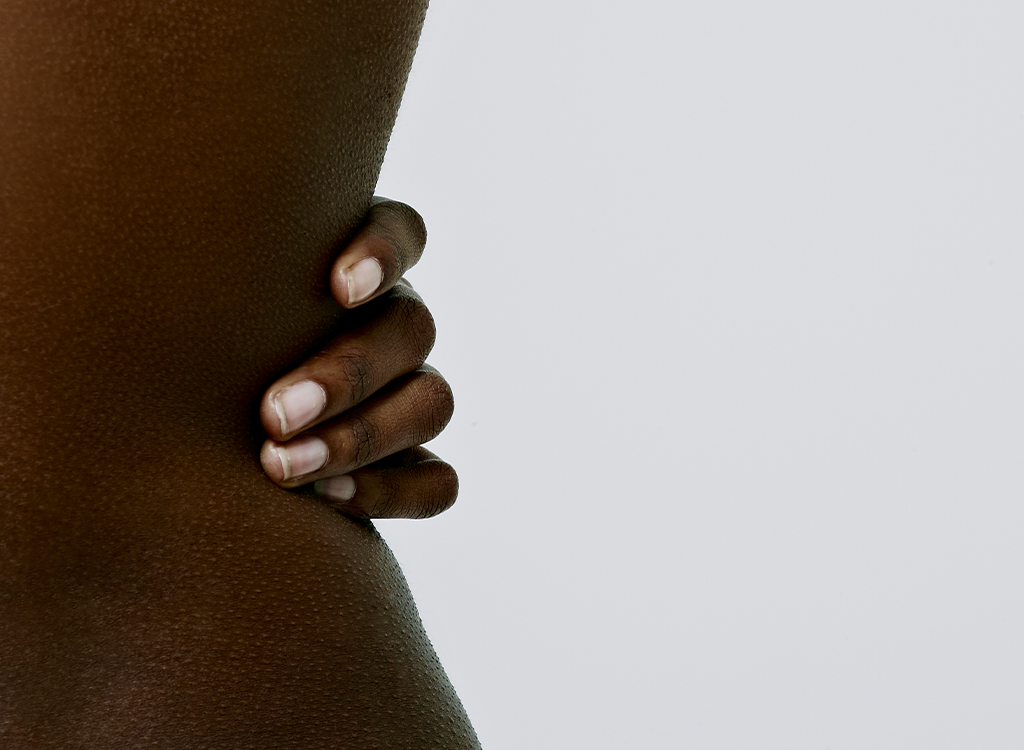Plastic surgery goes beyond superficial concerns, as demonstrated by Erica, 52, and Joy, 48, sisters who regained their strength through tummy tucks after experiencing diastasis recti from pregnancy. The procedures not only restored their abdominal muscles but also renewed their confidence and physical well-being, empowering them to embrace life with renewed vigor. Plastic surgery can be a transformative journey of self-empowerment and reclaiming one’s vitality. Ahead, we explore everything to know about tummy tucks and how the procedure can be a solution for diastasis recti.
What is diastasis recti and why does it occur?
Diastasis recti is a condition that affects the abdominal wall muscles, resulting in a separation between the rectus abdominis muscles. “The abdominal region consists of the skin, a layer of natural fat, and underlying muscles,” explains Nashville plastic surgeon and The Aesthetic Society Board member, Kent “Kye” Higdon, MD. “The prominent muscles, commonly known as the abs, form a central line called the linea alba. Normally, this line is tight and narrow, but during pregnancy or weight gain, the hormonal and physical changes associated with these conditions allow the muscles to stretch and accommodate the growing abdomen.” This stretching causes the muscles to separate, resulting in widening of the linea alba, a condition called diastasis recti. “The separation creates a visible ridge or protrusion between the muscles, which may resemble a hernia,” explains Dr. Higdon. “It can be uncomfortable and occasionally painful, although it should be noted that diastasis recti is distinct from an actual hernia.”
How common is diastasis recti?
Diastasis recti is a highly prevalent condition. The number of tummy tucks performed by board-certified plastic surgeons, particularly members of the Aesthetic Society, is an indicator of its prevalence, with approximately 207,262 procedures performed each year. Of these, 4,598 involved reported cases of diastasis recti. (Dr. Higdon predicts this to be an underestimation.) While pregnancy is a common cause of diastasis recti, it can also occur due to significant weight loss. “During a tummy tuck procedure, one of the essential steps involves the restoration of the abdominal muscles by tightening them, thereby correcting the diastasis and returning the muscles to their natural alignment,” says Dr. Higdon.
How is a tummy tuck performed?
Dr. Higdon describes a tummy tuck, also known as abdominoplasty, as a “powerful operation with great results.” The procedure involves several important steps to achieve the desired results. To begin, a precise incision is made low on the abdomen, allowing for the removal of excess skin in the lower abdominal area. “The remaining skin is carefully elevated, ensuring the preservation of the blood supply from the upper abdomen. This elevation enables the creation of a well-defined contour along the outside of the rectus muscles, known as the linea semilunaris or the semilunar line.”
Muscle tightening is a crucial aspect of the procedure to restore the abdominal anatomy and address diastasis recti, explains Dr. Higdon. In some cases, additional muscle tightening may be performed on the lateral abdomen to enhance the overall results. The belly button is carefully repositioned and brought through a new incision. “The skin is meticulously closed without tension on the lower abdomen, resulting in a low scar that can be well-hidden beneath swimwear or certain clothing, creating a smoother and more contoured lower abdominal curve.”
What does downtime entail for tummy tucks?
Because patients undergo the process of repairing torn muscles during a tummy tuck, it is essential to prioritize proper healing and minimize the risk of complications post-surgery. Similar to hernia surgery, where heavy lifting is advised to be avoided for several weeks, Dr. Higdon says patients are recommended to refrain from exerting strain on the repaired muscles for approximately four to six weeks, depending on the severity of the diastasis and the degree of repair required. Board certified plastic surgeons with aesthetic plastic surgery experience can tailor the recovery requirements to the degree of this repair. The specific timeline for lifting heavy objects may also vary based on the individual’s unique abdominal contours.
“Typically, patients are advised to limit lifting to around five pounds for approximately four weeks. This downtime allows for optimal recovery. Most individuals take about a week or two off from work and gradually transition into light-duty activities during the following weeks until they are fully healed,” says Dr. Higdon. Gentle exercises like walking are often encouraged during this period. In some cases, patients may be advised to maintain a flexed position for a week or two after surgery to relieve pressure on the incision and support proper healing.
The importance of a board-certified surgeon:
Performing a tummy tuck is a truly transformative procedure, but it is crucial to entrust it to a skilled and board-certified plastic surgeon. As emphasized by Dr. Higdon, a comprehensive understanding of anatomy is paramount. Patients often express interest in combining additional procedures like liposuction, and in the hands of an inexperienced surgeon, unforeseen complications such as those around undiagnosed hernias can arise. Without the necessary expertise, there is a risk of potential harm to vital abdominal structures. This is particularly relevant when there are existing scars, concern for hernias, and history of prior surgeries that may warrant further evaluation and planning to decrease risk.
The bottom line:
As seen in Erica and Joy’s story, plastic surgery is so much more than vanity. Because a procedure like a tummy tuck can be such a powerful tool in restoring physical and emotional well-being, it is essential to choose a board-certified plastic surgeon when considering such a procedure to ensure a safe and successful outcome.
To receive more information about tummy tucks or find a board-certified aesthetic plastic surgeon near you, visit The Aesthetic Society’s website at theaestheticsociety.org

















